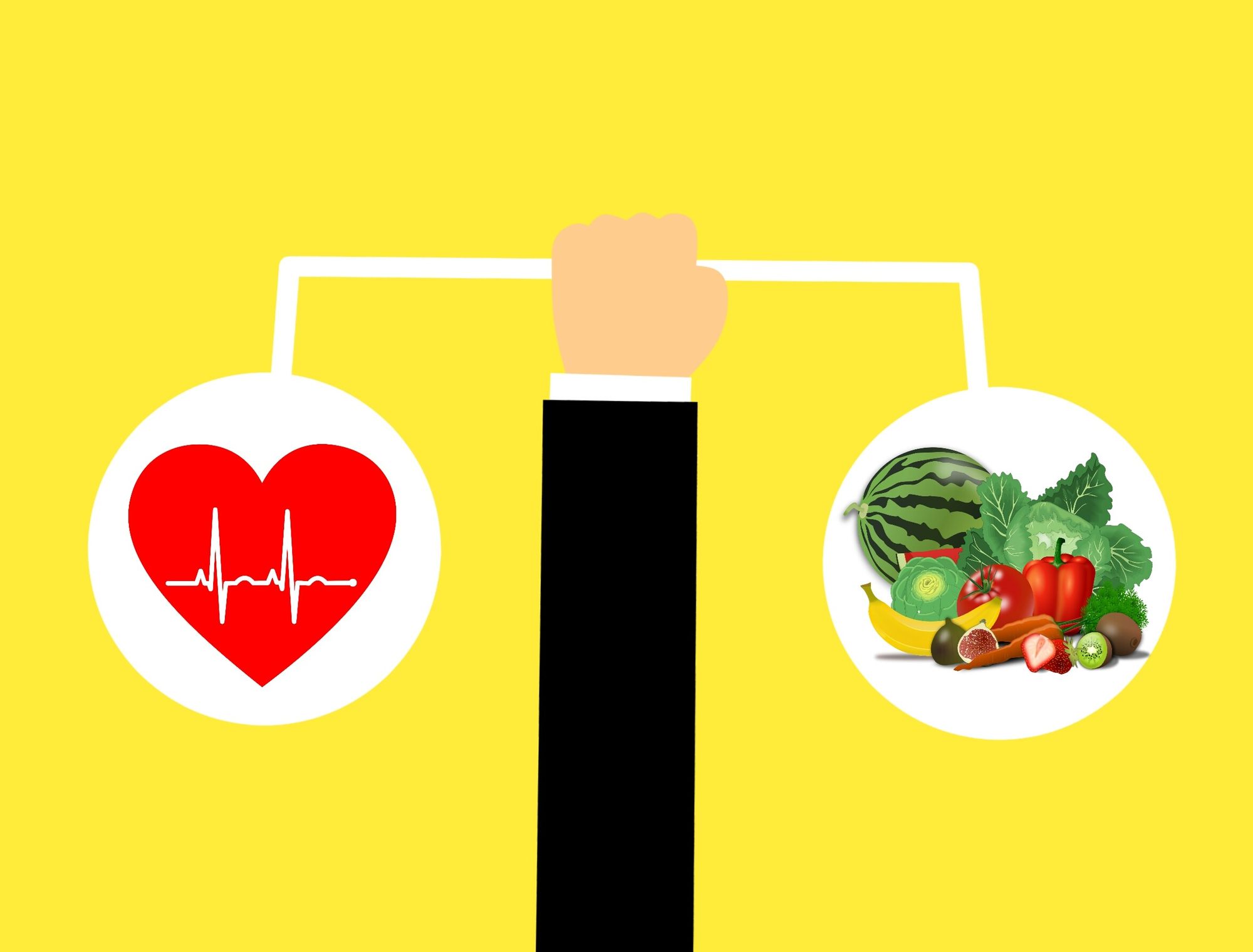
South Korea's Health Obsession
South Korea has somewhat improbably become known for longevity. One reason for it may be the country's recent obsession with health.
Three weeks ago my brother flew from San Francisco to Seoul. As usual, he asked my mother in advance what she and my father wanted him to bring as presents.
Answering him in our family chatroom on KakaoTalk, she wrote, "What could I possibly ask for? Multivitamins, coenzyme Q10 and omega-3 oil. I'm sorry for the requests."
She is genuinely contrite about asking, but it makes sense to do so: such health products are certainly available in a metropolis that is Seoul, but they are rather overpriced (60 capsules of omega-3 oil can be had for less than 6 dollars in the US but sell for far more in South Korea).
And our parents need vast amounts of it. Easily a third of their dining table surface is covered in bottles of health supplements, and more spill out of the six built-in drawers. All of it gets consumed daily in conjunction with various prescription medicine and quickly runs out.
South Korea is arguably famous for its hard drinking, overwork, stress, high level of suicide and terrible air quality, but it's often overlooked that individual health is also taken quite seriously.
In surveys about what holiday gifts to buy for family, health supplements routinely come out on top. As conveyed by my parents, their friends are far more demanding and knowledgeable about what's (supposedly) good and au courant than they are.
About six years ago it was pulverized New Zealand green-lipped mussels in capsules, touted as being good for joints and cartilage. Then a fad for Vietnamese noni—a type of fruit belonging to the coffee family—swept the senior set (don't ask me what it helps with). At some point so-called green propolis, reputedly harvested only in Brazil, was king. Different types of berries—acai, aronia and maqui to mention just three—consistently vie for the title of anti-aging "superfood" and the ultimate panacea.

Even friends not much older than me began saying in their mid-thirties, "At around our age we need to really start thinking about staying fit." That's when conversations about finding love or planning a vacation started to drift toward what to eat for breakfast, what supplements to take and how they stave off the inevitable signs of getting older.
One sure outcome of this preoccupation with health is South Korea's famously long life expectancy. As publicized back in 2017, women born in 2030 would live to be 90, and men past 84. That's longer than any other national group, and the news sent international media into something of a frenzy as they got to writing about just what's behind the phenomenon.
While most have been quick to conclude that the reasons must range from the national food stable, kimchi, which supposedly offers immeasurable health benefits, to improvement in medical care, the universal health insurance, better education and even "hypochondria", the obvious health-consciousness went overlooked. Yet the trend has been building in earnest since the 80s.
Even in the past Koreans made use of medicine not just to heal but to augment health. Commonly known as boyak 보약 補藥 ("supplementary medicine"), it's brewed using ingredients that compliment the patient's physical type—ginseng and deer horn being two of the most common—and takes the shape of dark concoction to be drunk.
Another common form of supplement has been black goats and dogs boiled for a long time together with medicinal herbs and filtered to produce thick liquid. (The use of dog has been phased out given changing attitudes toward this domestic animal.)
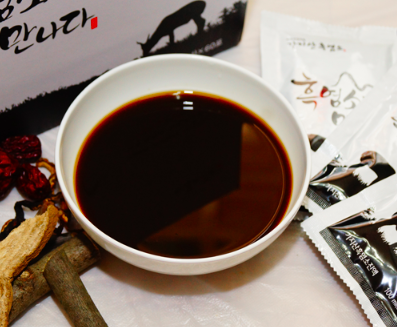
But widespread prescription and consumption of health products, both traditional and new, coincided with the health boom in the 1980s.
The rise in income fueled a massive geonggang sikpum 건강식품—literally "health food"—industry. Fortunes were made by entrepreneurs specializing in this burgeoning sector, including our downstairs neighbor in the early 1990s who filled his apartment with gilded Italian furniture, so rich he become from the profit.
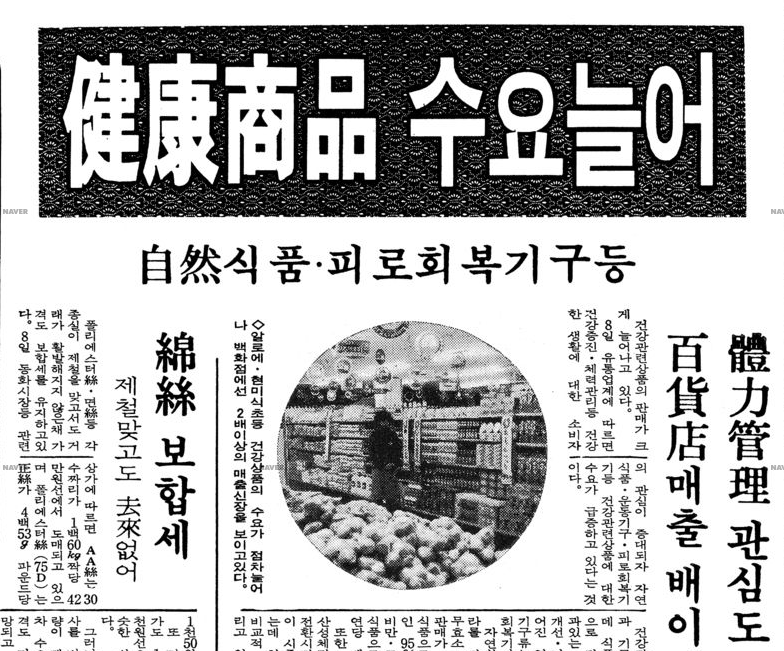
It was a reactive response as well; around the same time, the nation was fussing over ill-health caused by the changing, more sedentary lifestyle and gave it the name 'adult disease'—seongin byeong 성인병 成人病.
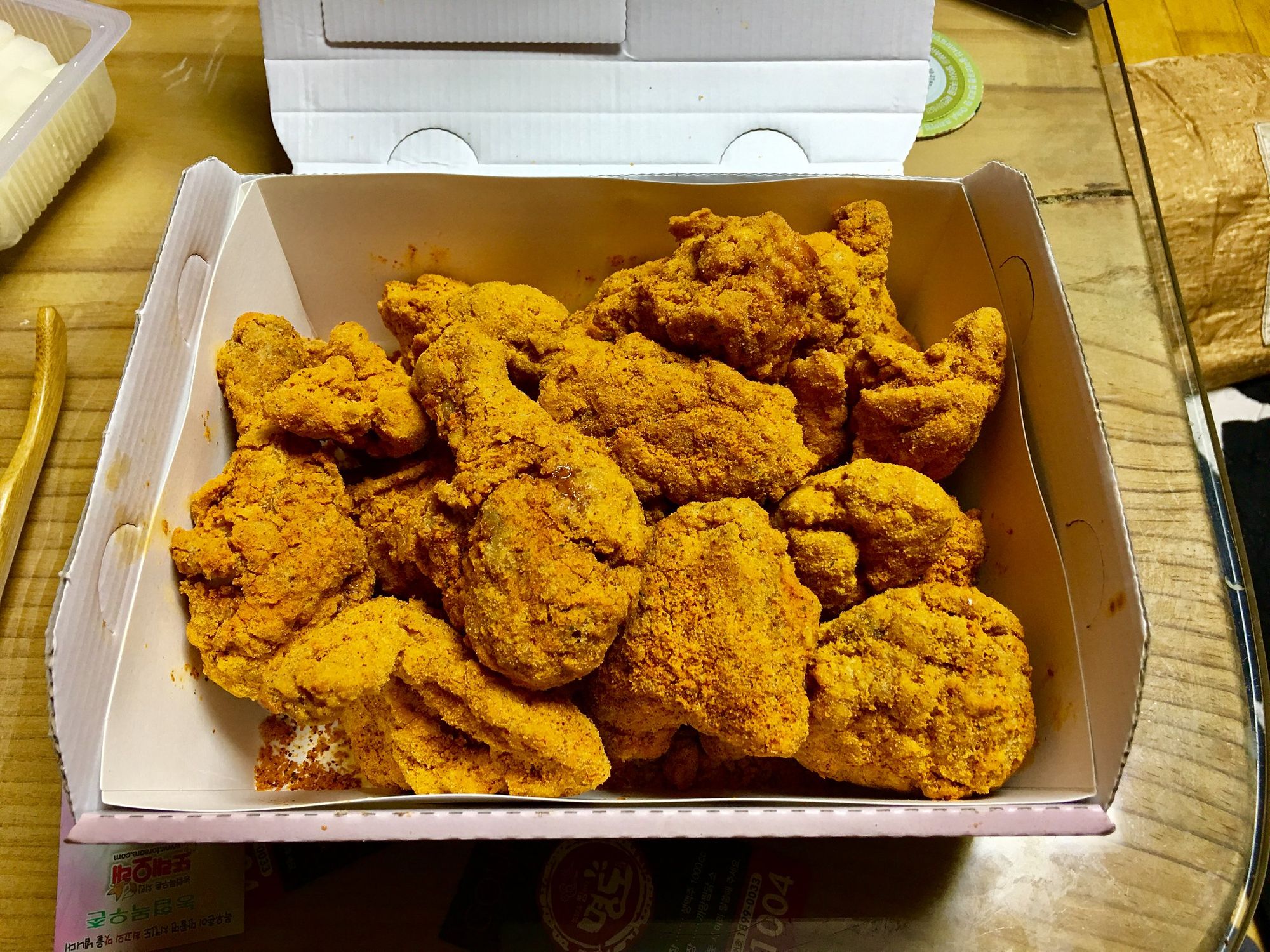
Better translated as lifestyle disease, conditions such as high-blood pressure, cancer, diabetes, obesity, stroke and arthritis became prevalent to the point of being seen as requiring a collective response, and demand in health products jumped accordingly.


More recently in the aughts, enthusiasm for 'well-being' (waelbing 왤빙) swept the country. To be fair no one really knew what this imported term stood for, other than that it suggested a certain healthfulness. (A report issued by the research arm of the conglomerate LG in 2004 noted, "It's not easy to find a consistent definition of well-being" but "the level of consumer interest in a healthy and sound lifestyle is higher than ever".)
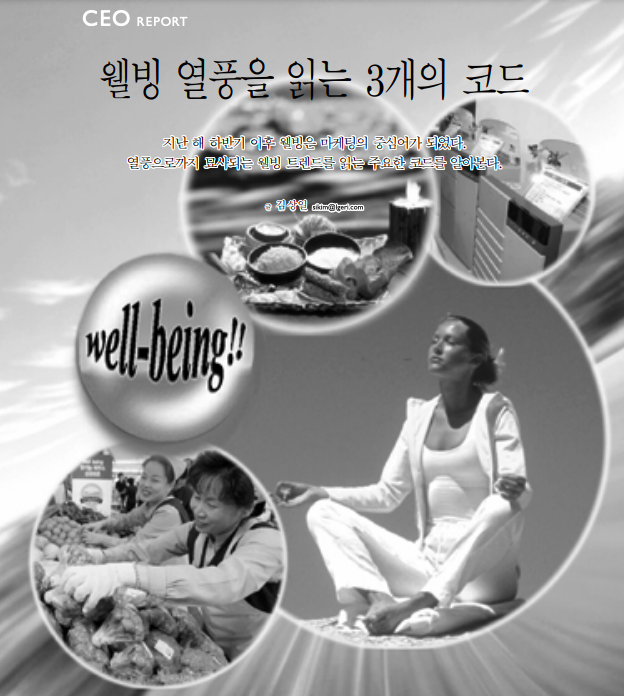
And taking advantage of the trend were companies that attached the word to everything in marketing gimmicks—from apartments, food, bedding and even to, ironically, cigarettes and alcohol.

The preoccupation with physical health has only grown. If you wondered why big South Korean cities are dotted with so many gyms, the whole idea of having a "great body"—dubbed momjjang 몸짱—took off as a society-wide ideal in the mid-2000s.
Sparking the momentum was the actor Bae Yong-joon, who went against the image he built up in the hit 2002 TV romance Winter Sonata and published a photo book revealing a muscular frame of the kind that was considered unusual at the time. It quickly became the talk of town and spawned countless imitators among both celebrities and ordinary people.
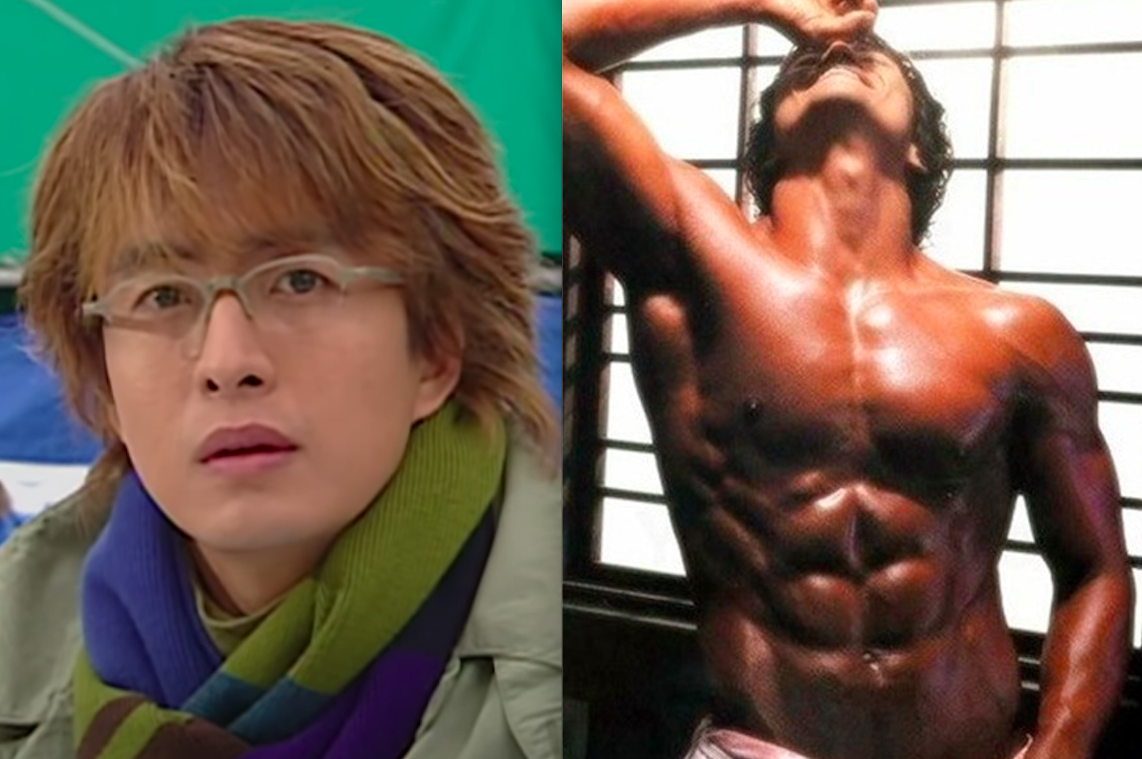
That focus on the body as a symbol of health is continued by the current fashion for having half-naked pictures of oneself taken. Called a 'fitness profile', it comprises a costly photoshoot with a professional photographer after following an ascetic diet prescribed by a trainer and spending months in the gym. Ostensibly in celebration of 'healthful beauty' (geongangmi 건강미), it serves to illustrate how even health and healthy appearance has become a commodity to be deployed as a status marker.
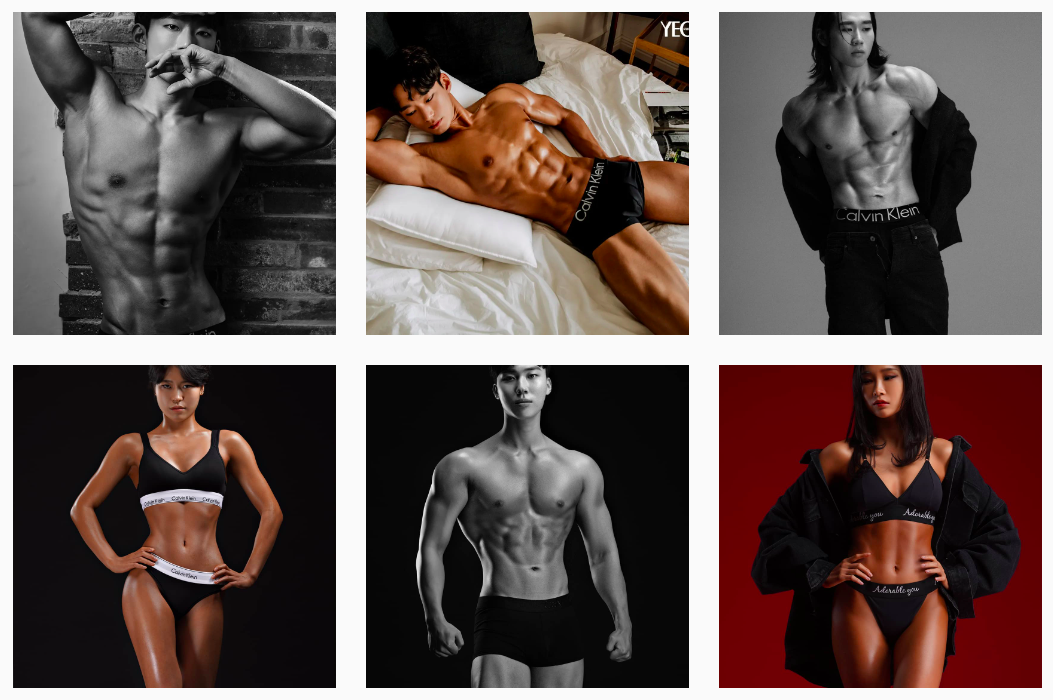
But even as South Koreans become healthier as a whole, they are also least likely to think of themselves as being in good health and most likely to believe themselves to be suffering from poor health among citizens of the OECD member states.
What that shows is that the very standard of health in South Korea is extremely high, and to attain it, the population is willing to go to considerable lengths.
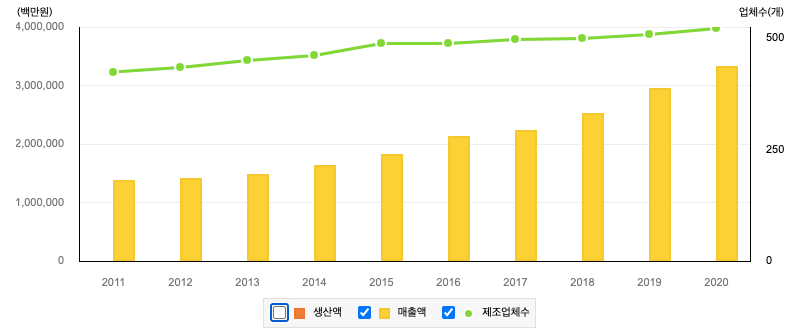
Both the number of South Korean health supplement manufacturers and the sales of such products have been recording steady growths over the past decade. Maybe because of Covid, 2021 was an especially good year for the health food industry, which experienced a 25.2 percent increase in sales.
And despite the country's universal healthcare scheme, South Korea is among the OECD member states with the highest percentages of supplementary private health insurance subscription, at 68 percent, to cover medical expenses that the government plan won't pay for.
My parents, aged 82 and 76 respectively, don't hesitate to say they don't have many days left to live. But the degree to which they go in order to stay healthy is extraordinary: multiple hospital visits per month as preventative measures; a strict diet rich in protein, fruits and vegetables; and loads of health supplements.
They embody the contradictory impulse shared widely by many other South Koreans: a certain resignation that death and illness are inevitable, but a determination to keep them at bay as long as possible.
And as dutiful children, my brother and I do our best to cater to their desire for health and life. That means my next trip to Korea, too, will entail a suitcase packed full of tablets and capsules.
Cover: Mohamed Hassan via PxHere
